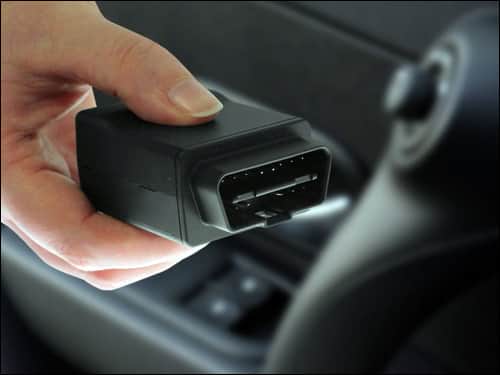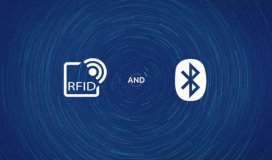T-Systems, a German provider of IT solutions and services, and Spearhead, a Zurich-based startup, have announced that they have reduced to just one minute the several days that insurers typically require to analyze the vehicular damage incurred during motor vehicle accidents. The entire claim process is then digitized, from accident notification to damage documentation, including valuations and repair orders.
Digital claims management for insurers is the core element of the Digital Drive solution, T-Systems' connected car offering. The solution can offer connection functionality to new and used vehicles without requiring internet access, the company reports.
An insured vehicle is connected to a diagnostic interface by means of a plug. When an accident occurs, the insurer will immediately receive a full analysis, via a portal. At the same time, the repair costs are calculated in real time and a repair order can then be issued. In addition, documents requested from the vehicle's owner can be provided via the application.

The plug is a device that is connected to a car's OBD2 interface, which connects that vehicles to the platform and the cloud infrastructure, and uses the CAN bus to collect its information. The device contains an acceleration sensor and a GPS sensor, and employs mobile connectivity (GPRS) to connect to the back end and transfer the collected information.
The device begins operating as soon as it is connected to the vehicle's on-board diagnostics (OBD2) interface, where it receives power to operate; the device also has a backup battery. The system requests the operator's vehicle identification number (VIN), as well as the car's speed, mileage, battery condition, fuel status and diagnostic codes. While the engine is running, the device sends the collected information to the back-end system, along with the GPS position, every few seconds. After the engine is unplugged, the device uses its internal sensors to check if the car has suffered a collision. It then transmits an hourly update.
The Digital Drive solution offers features for drivers, such as real-time information regarding vehicle status: fuel level, vehicle position and warnings in case of vibrations or towing. Insurers can use this data as a basis for calculating and rewarding the most careful drivers.
The solution is the result of a recently announced partnership between T-Systems and Spearhead, which entered the car insurance market in 2015. T-Systems provides the OBD2 adapter, while Spearhead supplies claims management software, the portal for insurers and the documentation of damage functionality for vehicle owners.
Ingo Hofacker, the head of Deutsche Telekom's Internet of Things (IoT) business, says the solution makes insurance telematics profitable for the mass market. "The combination of our car solution, coupled with Spearhead technology, makes it possible to deliver insurers a solution with a range of value-added services," Hofacker explains, "while, at the same time, reducing the costs involved in existing processes and repairs after accidents."
To use the connected-car functions, owners must first install an adapter for the OBD system. In the event of an accident, a sensor on the adapter will record all forces that act on the vehicle, then transmit this data immediately to T-Systems' private cloud, where it will be analyzed at the same time that the customer manager is notified.
A Web-based portal indicates which parts of the vehicle have been damaged and what the cost of repair will be. Through an application, the vehicle owner can document the circumstances of the accident, the individuals involved and the damaged parts, as well as upload photos of the crash. All of this information is processed at data centers throughout the European Union, following local laws of conformity.



